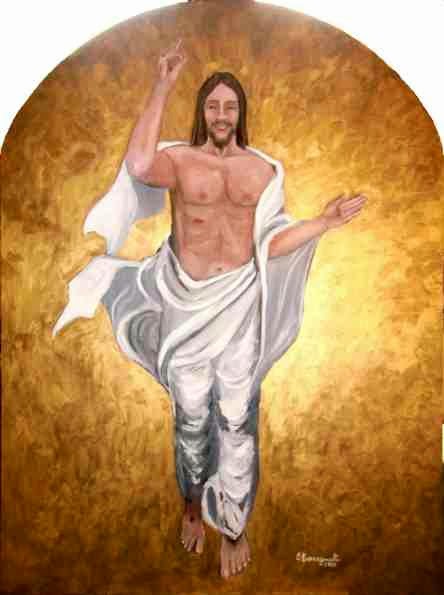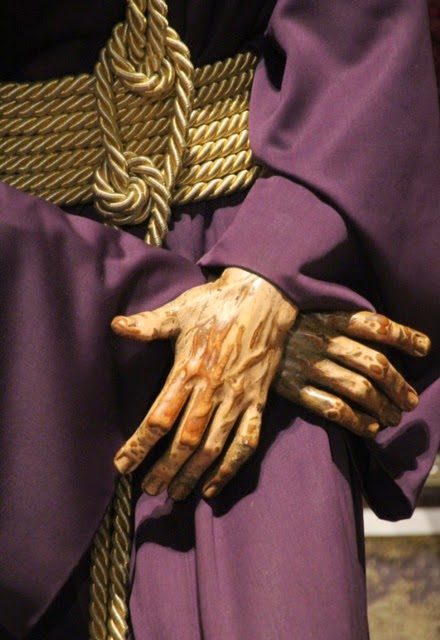UNLESS THE GRAIN DIES One of the most poignant moments in life is when you consider your death. We are not ready to die because we do not want to enter into the pain of loss, suffering, separation, oblivion which death lay before us. Yet who can escape death? Everyday we experience a little dying as we exercise patience for a loved one, serve a weak member of the family, make sacrifices for the good of others, lose ourselves in the process of loving, and deal with the surprising turns of life. We are not ready to die and yet, God makes us prepare for it through the little dying we must do each day. The question therefore is not to escape the experience of death but how to make our dying meaningful. In the gospel (Jn12: 20-33), Jesus likens himself, and us, to a grain of wheat that has no choice but to fall to the ground and die, in order to bear fruit. In the second reading today (Heb 5: 7-9), Jesus is shown as struggling in the fa








